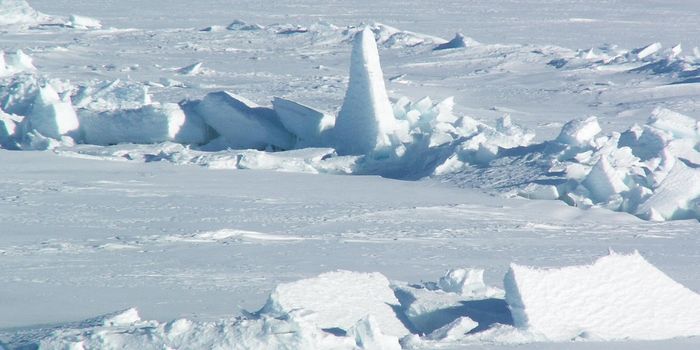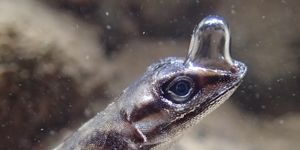How to remove remove nanoplastics from the ocean using tunicates
Research recently published in the journal Microplastics and Nanoplastics describes a proof-of-principle study of a new method to remove nano- and microplastics from the ocean. The method employs a filter-feeding marine species in order to gather and remove polyethylene and polypropylene polymers, the materials that compose plastic bags and bottle caps, among many other single and multi-use items.
The study comes from a collaboration between the National Institute of Standards and Technology (NIST) and the European Commission's Joint Research Centre (JRC). NIST researcher Vince Hackley comments on the physical chemistry of microplastics, saying, "Sunlight and other chemical and mechanical processes cause these plastic objects to become smaller and smaller. With time they change their shape and maybe even their chemistry."
The typical size of these plastics is one-millionth of a meter (one micrometer, or a micron) or smaller, making them perfect for accidental consumption as they float in the water. "As plastic materials degrade and become smaller, they are consumed by fish or other marine organisms like mollusks. Through that path they end up in the food system, and then in us. That's the big concern," adds Hackley.
To address this concern, Hackley and his fellow researchers explored how they could use tunicates, a filter-feeding marine species, to measure nanoplastics' shapes or size. The tunicates act as a tool to sort and separate nanoplastics. "That is one of the biggest issues in this field: the ability to find these nanoplastics and isolate and separate them from the environment they exist in," said European Commission researcher Andrea Valsesia.
"Almost everything we're doing is at the frontier. There are no widely adopted methods or measurements," said Hackley. "This study on its own is not the end point. It's a model for how to do things going forward." In the future, the team plans to continue its efforts. "The most important part of this collaboration was the opportunity to exchange ideas for how we can do things going forward together," concluded Hackley.

Sources: Microplastics and Nanoplastics, Eureka Alert








